Greenland is by far the largest island in the world and it also contains one of only two ice sheets currently in existence, the other being Antarctica. Aside from being the largest island, Greenland's other claim to fame is the fact that it contains the oldest known rocks on the planet, which date to approximately 3.8 billion years ago.
Additionally, the island also contains the Northeast Greenland National Park, which is the largest National Park in the world. In fact, the park is so large that only 29 countries have a larger landmass than this single protected space!
Greenland is an autonomous territory within Denmark, which means that the island has a certain level of freedom to make their own political decisions. However, there are some matters where Denmark retains complete legislative authority.
With only 56,081 residents, Greenland is the least populated territory in the world. Out of the total population, most of whom are Inuit, around 18,000 live in Greenland's capital Nuuk. The rest live in sparse settlements located throughout the island's enormous coastline.
In recent years, Greenland has been grappling with the adverse effects of climate change as its glaciers have begun to melt at an increasingly fast pace. Although this may seem like a problem that only affects Greenland, these melting glaciers contribute to rising sea levels, a problem which could eventually displace millions of people throughout the world as major cities become submerged by water.
Greenland Statistics:
- Surface Area: 822,700 sq mi (2,130,800 sq km)
- Country: Denmark (Autonomous Territory)
- Ocean: Atlantic
- Population: 56,081

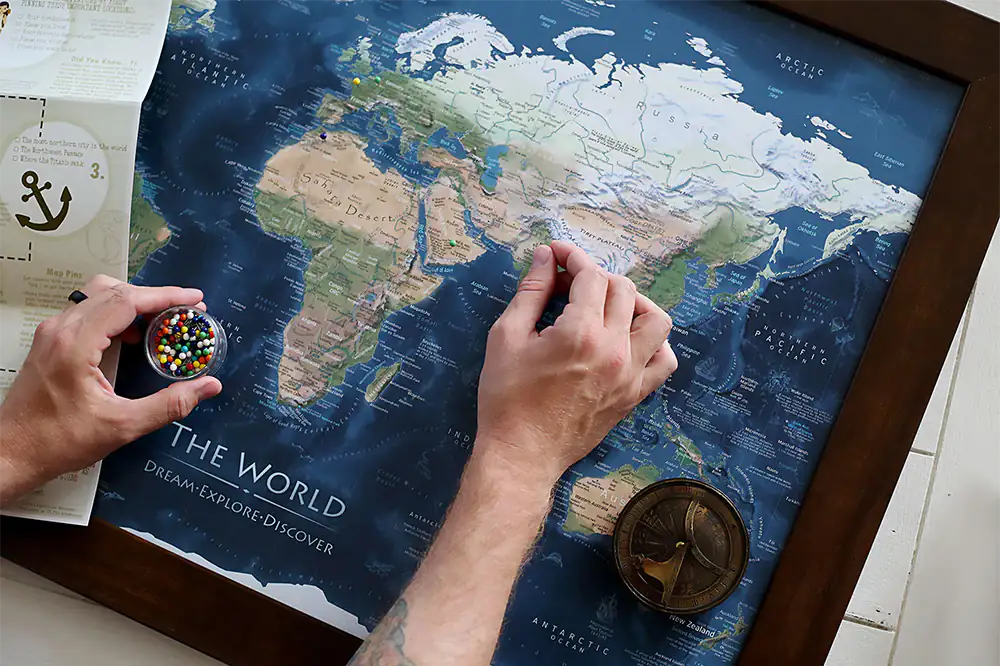


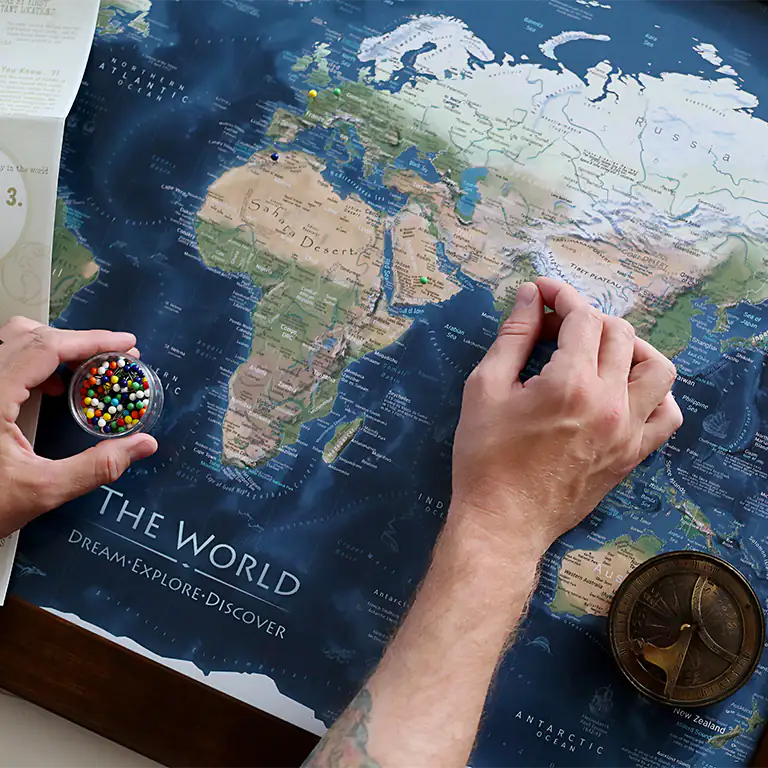
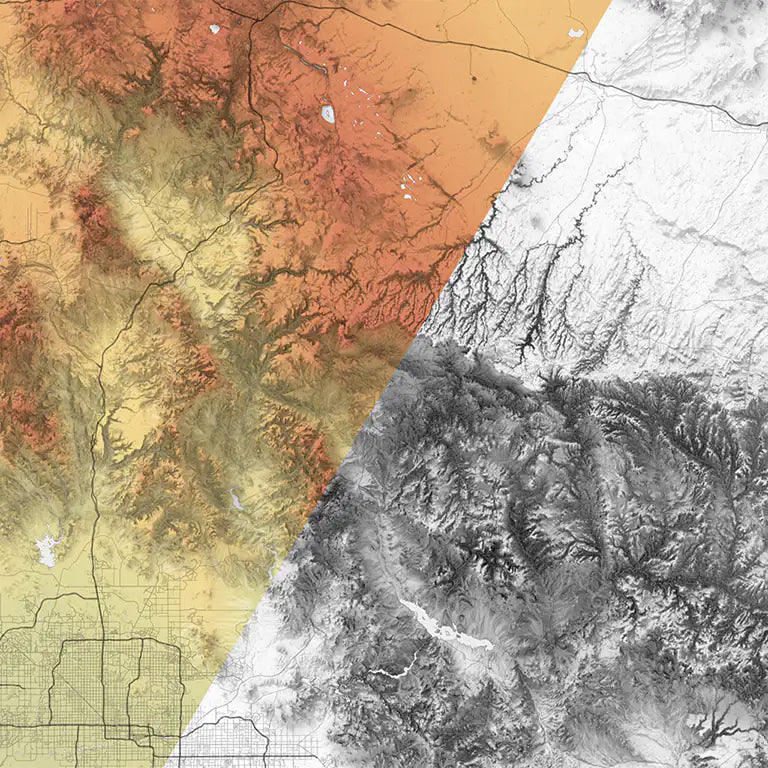


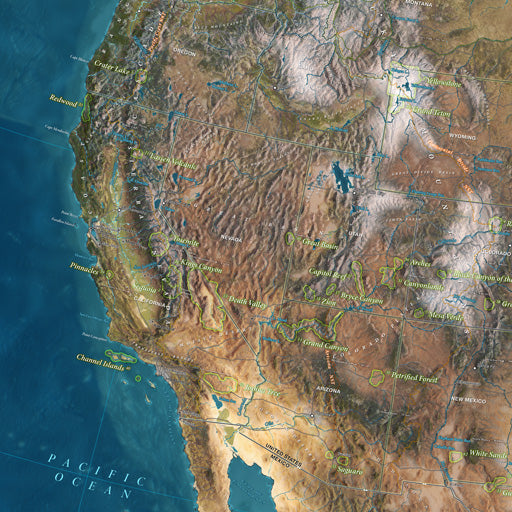
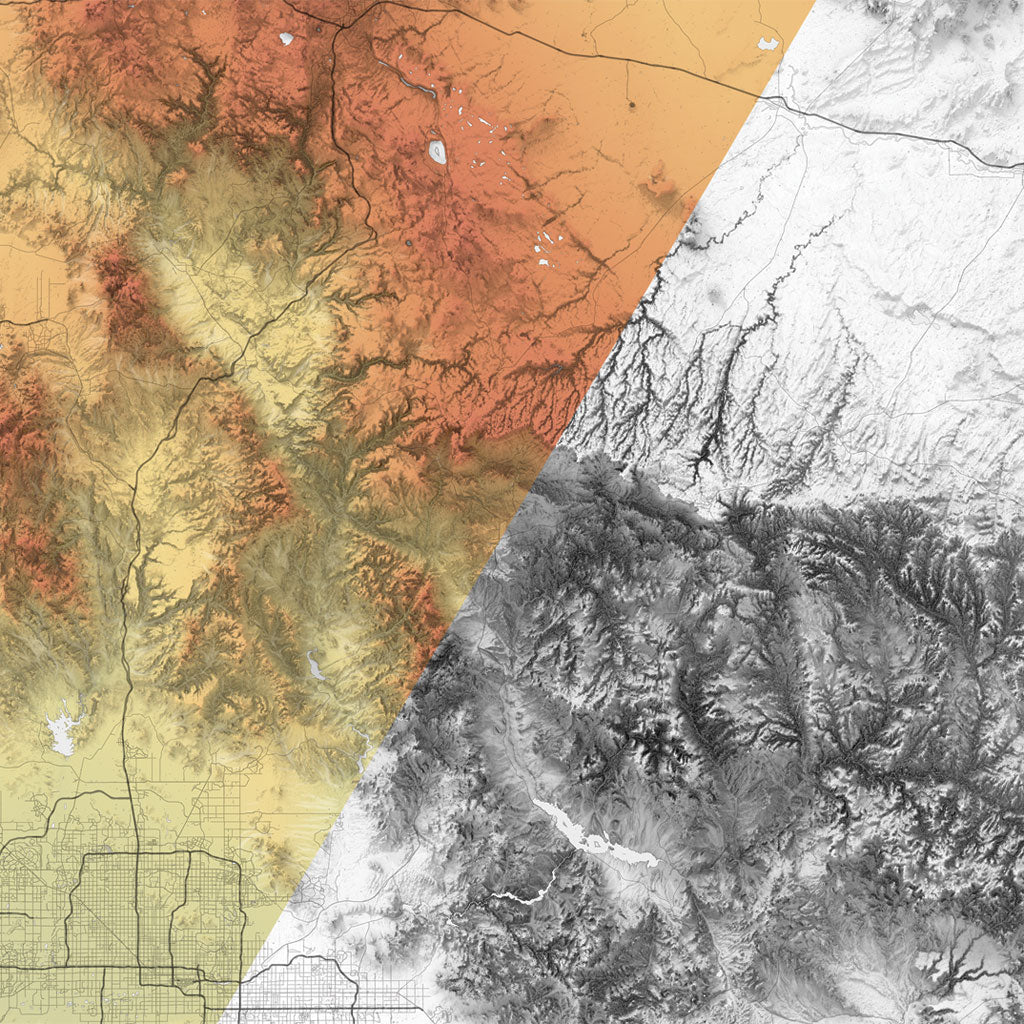


Comments
Fascinating lists of so much I do not know. Thank you. Mike M